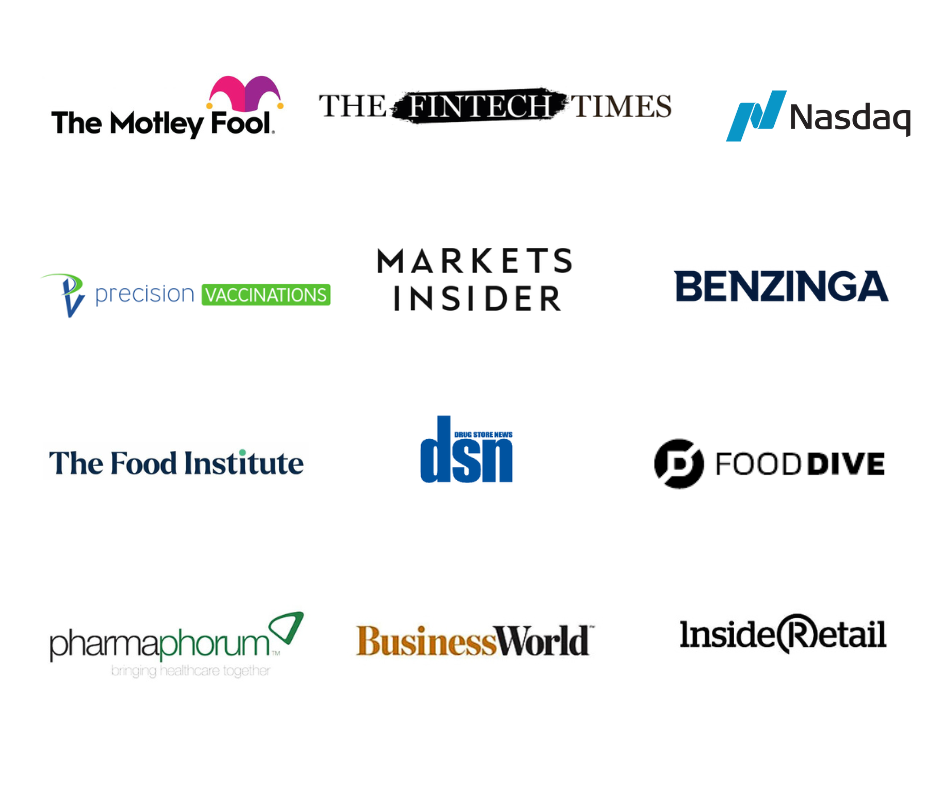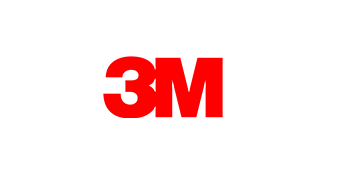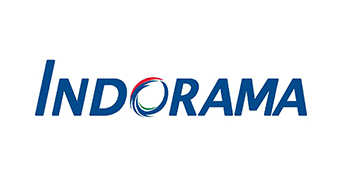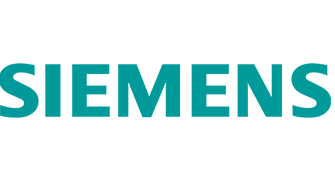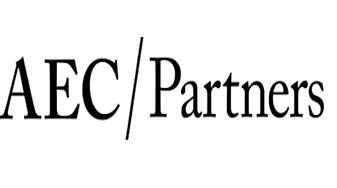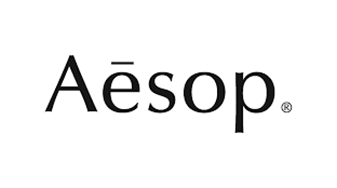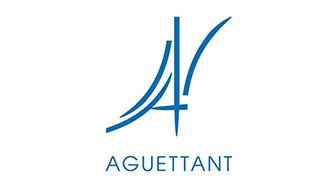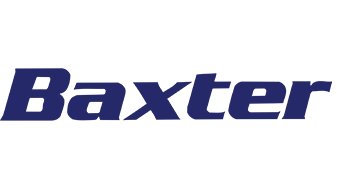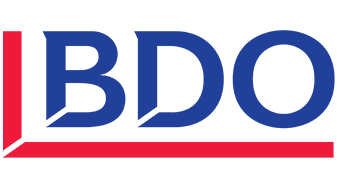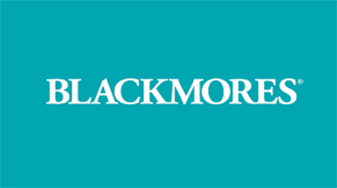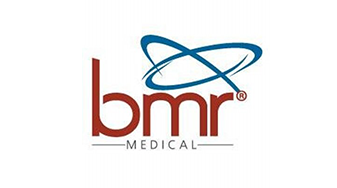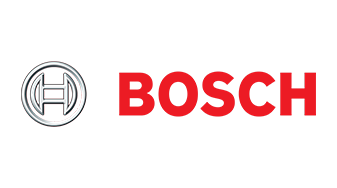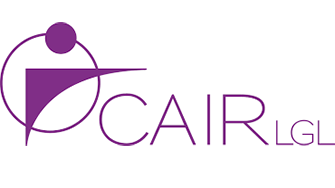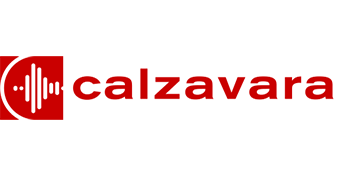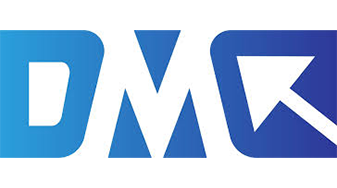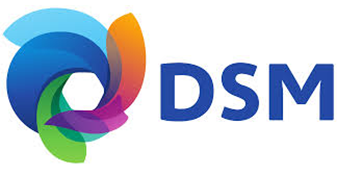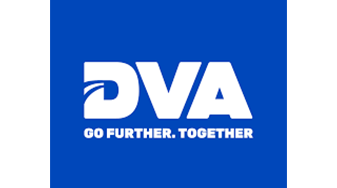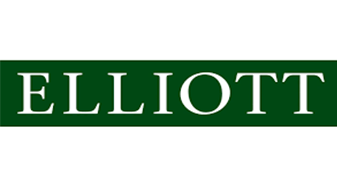WHY PROPHECY MARKET INSIGHTS?
24 Hours
Our expert team is available 24/7 for your inquiries, timely assistance, & seamless collaboration across time zones. Trust us to be your reliable partner, providing unwavering support for informed decisions at any hour.
Secure Payment
Experience worry-free transactions with our secure payment system. We prioritize top-notch encryption and industry-standard security to safeguard your financial information.
85-92% Proof of Authenticity of Data
Rigorous validation, source verification, & industry standards ensure accurate, reliable information. Make confident, strategic decisions with our trustworthy data foundation.
76% of client retention
Join satisfied clients in trusting our commitment to excellence, personalized service, and tangible results. Benefit from consistent value, innovation, and unwavering dedication to your success.
Browse Our Research Reports

Mechanical Jacks Market Size, Trends, Analysis and Forecast till 2034
Mechanical Jacks Market, By Type (5T, 10T, 15T, 20T, and Other), By Application (Factories and Mines, Auto Repair, Lifting, Equipment Support, and Other), and By Region (North America, Europe, Asia Pacific, Latin America, and Middle East & Africa) - Trends, Analysis and Forecast till 2034
Marine Slow Speed Engine Oil Market Size, Trends, Analysis and Forecast till 2034
Marine Slow Speed Engine Oil Market, By Type (Mineral Oil, Synthetic, and Bio-Based), By Application (Passenger Ship, and Freighter), and By Region (North America, Europe, Asia Pacific, Latin America, and Middle East & Africa) - Trends, Analysis and Forecast till 2034
Machine Learning in Retail Market, Size, Trends, Analysis and Forecast till 2034
Machine Learning in Retail Market, By Type (Cloud Based, and On-Premises), By Application (Online, and Offline), and By Region (North America, Europe, Asia Pacific, Latin America, and Middle East & Africa) - Trends, Analysis and Forecast till 2034
Machine Condition Monitoring Systems Market, Size, Trends, Analysis and Forecast till 2030
Machine Condition Monitoring Systems Market, By Type (Online Machine Monitoring, Portable Machine Monitoring, and Others), By Application (Energy & Power, Automotive, Aerospace & Defence, Chemical, and Others), and By Region (North America, Europe, Asia Pacific, Latin America, and Middle East & Africa) - Trends, Analysis and Forecast till 2030
Low Cost Airline Market - Trends, Analysis and Forecast till 2034
Low Cost Airline Market, By Product Type (Domestic, International), By Application (Leisure Travel, Business Travel, Others), and By Region (North America, Europe, Asia Pacific, Latin America, and Middle East & Africa) - Trends, Analysis and Forecast till 2034
Report Published
Our Satisfied Clients
Our Recurring Clients
Analysts & Contract Consultants
